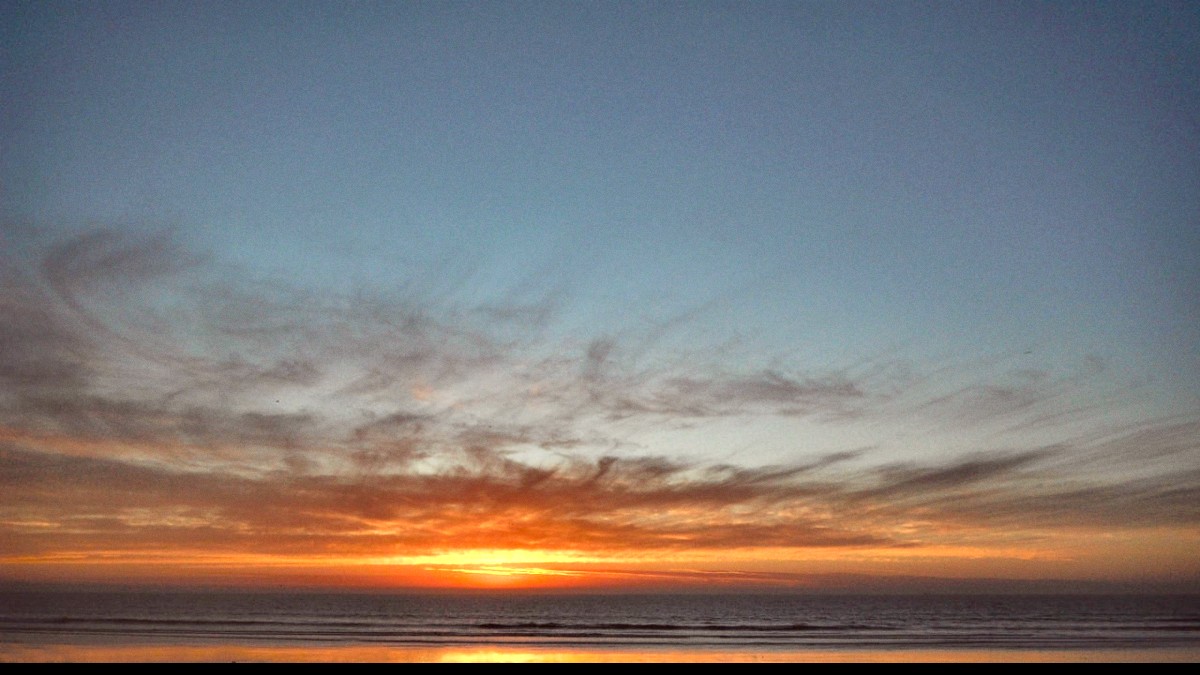
The Atlantic Coast, Morocco
The city's coastal orientation defines much of its appeal. Its long, sandy bay offers shelter and consistently mild temperatures, making it a desirable destination for sun-seekers throughout the year. To the north, the coastline transforms into a rugged series of cliffs and hidden surf breaks, drawing adventurers and wave riders. Southward, the landscape flattens, eventually giving way to the rich agricultural plains of the Souss Valley, known for its citrus groves and argan trees. This diverse geographical setting means Agadir is not merely a beach city; it is a gateway to coastal beauty, desert fringes, and mountain vistas, all within a reasonable distance. The prevailing ocean breezes temper the summer heat, yielding a comfortable climate for visitors.
The city's position on the Atlantic coast yields consistently mild temperatures and ocean breezes, which temper the summer heat. This makes Agadir a comfortable destination for much of the year.
The diverse geography includes sandy beaches, rugged cliffs to the north ideal for surfing, and flat agricultural plains to the south. This setup allows for various outdoor pursuits.
Agadir's history stands marked by strategic importance. Originally a humble Berber fishing village, its natural harbor attracted European attention early on. The Portuguese fortified the site in the 16th century, recognizing its potential as a trading post. Over centuries, Agadir grew into a significant port, facilitating commerce between Morocco, Europe, and Saharan routes. It became a crossroads of cultures, its docks bustling with merchants and sailors from diverse backgrounds.
On February 29, 1960, a devastating earthquake struck Agadir. The tremor, along with a subsequent tsunami, claimed thousands of lives and leveled nearly the entire city. This catastrophe erased much of its historical architecture, including its ancient medina. From this devastation, Agadir embarked on a remarkable journey of rebirth. The city rebuilt with modern seismic standards, adopting a contemporary layout that contrasts with Morocco's older, labyrinthine medinas.
Humble beginnings as a coastal settlement.
16th century European interest in the natural harbor.
Growth into a significant commercial hub across centuries.
Devastating earthquake led to widespread destruction.
City recreated with contemporary design and seismic standards.
The partial ruins of the Agadir Oufella Kasbah, perched high above the bay, serve as a poignant reminder of the city's past, a silent witness to its destruction and subsequent renewal. This history of rebuilding shapes Agadir's unique character as a modern Moroccan city with a deep, though scarred, past.
Modern infrastructure, including wide boulevards, shopping centers, and a range of international hotels, supports Agadir's role as a welcoming tourist hub.
Tourism drives a significant portion of Agadir's economy. Fishing also holds importance, with a busy port. Agriculture thrives in the surrounding Souss-Massa region, featuring citrus fruits and argan oil.
The overall vibe in Agadir is one of ease and openness. It feels cosmopolitan, reflecting its appeal to a diverse international audience, yet it retains a distinct Moroccan warmth. This blend creates an inviting atmosphere for travelers who appreciate comfort and convenience alongside opportunities for cultural discovery. Agadir is a gateway to exploring the broader Souss-Massa region, offering a comfortable base from which to experience the Atlantic coast, the Anti-Atlas mountains, and the rich Berber heritage.
Agadir distinguishes itself as Morocco's premier coastal resort city. It presents a contemporary, relaxed environment, differing from the bustling, traditional imperial cities like Marrakech or Fes.
The city's main attraction remains its extensive sandy beach, stretching for miles along the Atlantic, inviting visitors to sunbathe, swim, or walk.
Miles of sandy beach for relaxation and activities.
Wide boulevards and international hotels welcome diverse visitors.
A fishing port and regional agricultural products.
From Agadir, access the Atlantic coast for surfing, explore the Anti-Atlas mountains for hiking, and discover the rich Berber heritage of the Souss-Massa region.
Historic fortress ruins offering panoramic city and ocean views.
local market for textiles, spices, and artisan crafts.
Modern complex with yachts, shops, and waterfront dining.
Historic port city with a charming medina and strong winds for watersports.
Walled city known as "Little Marrakech," with souks and a traditional feel.
Coastal town with stunning beaches and surf spots, south of Agadir.